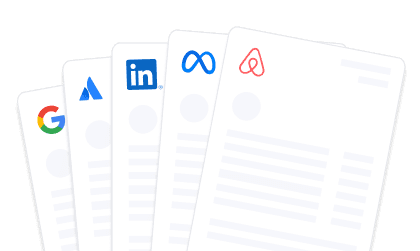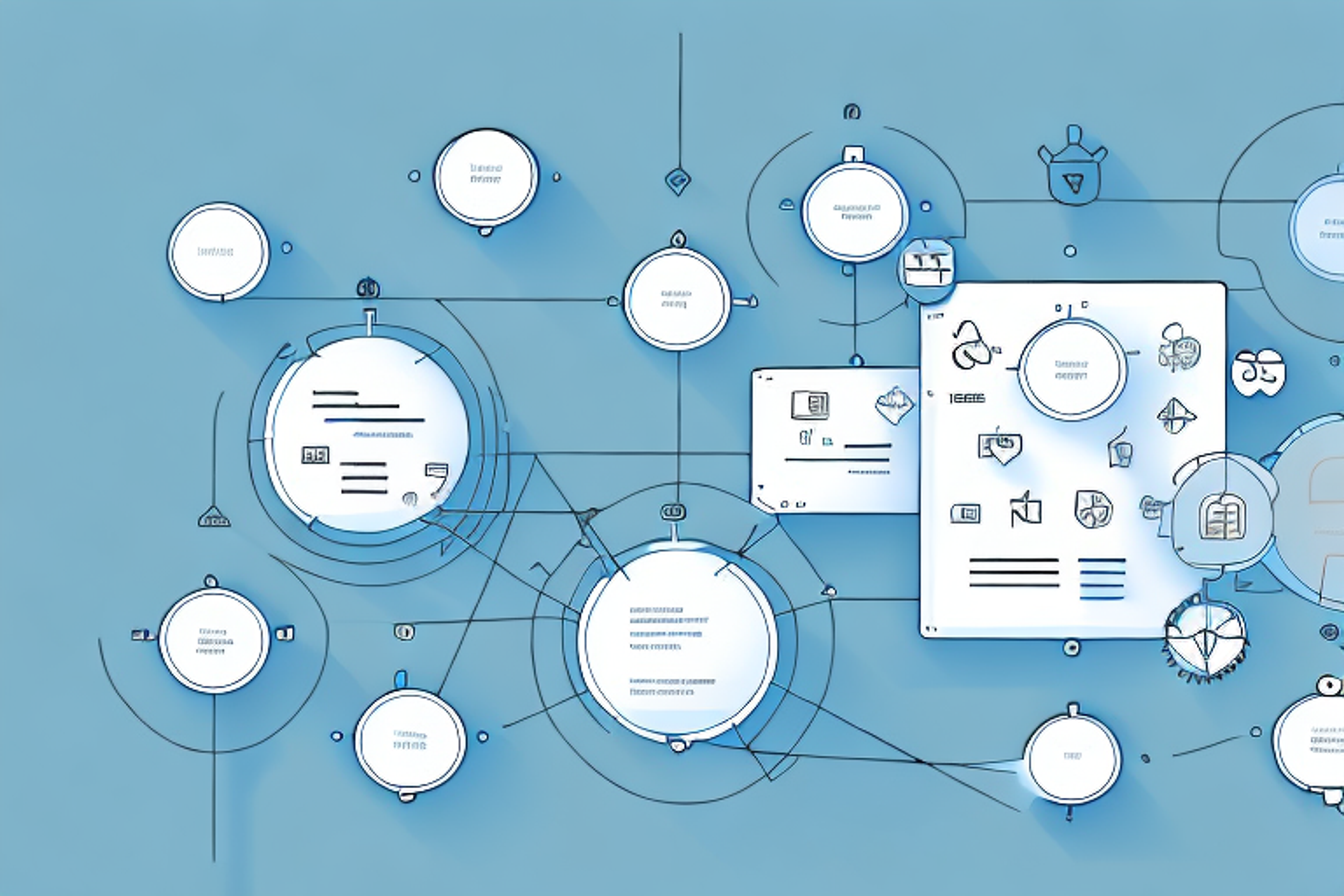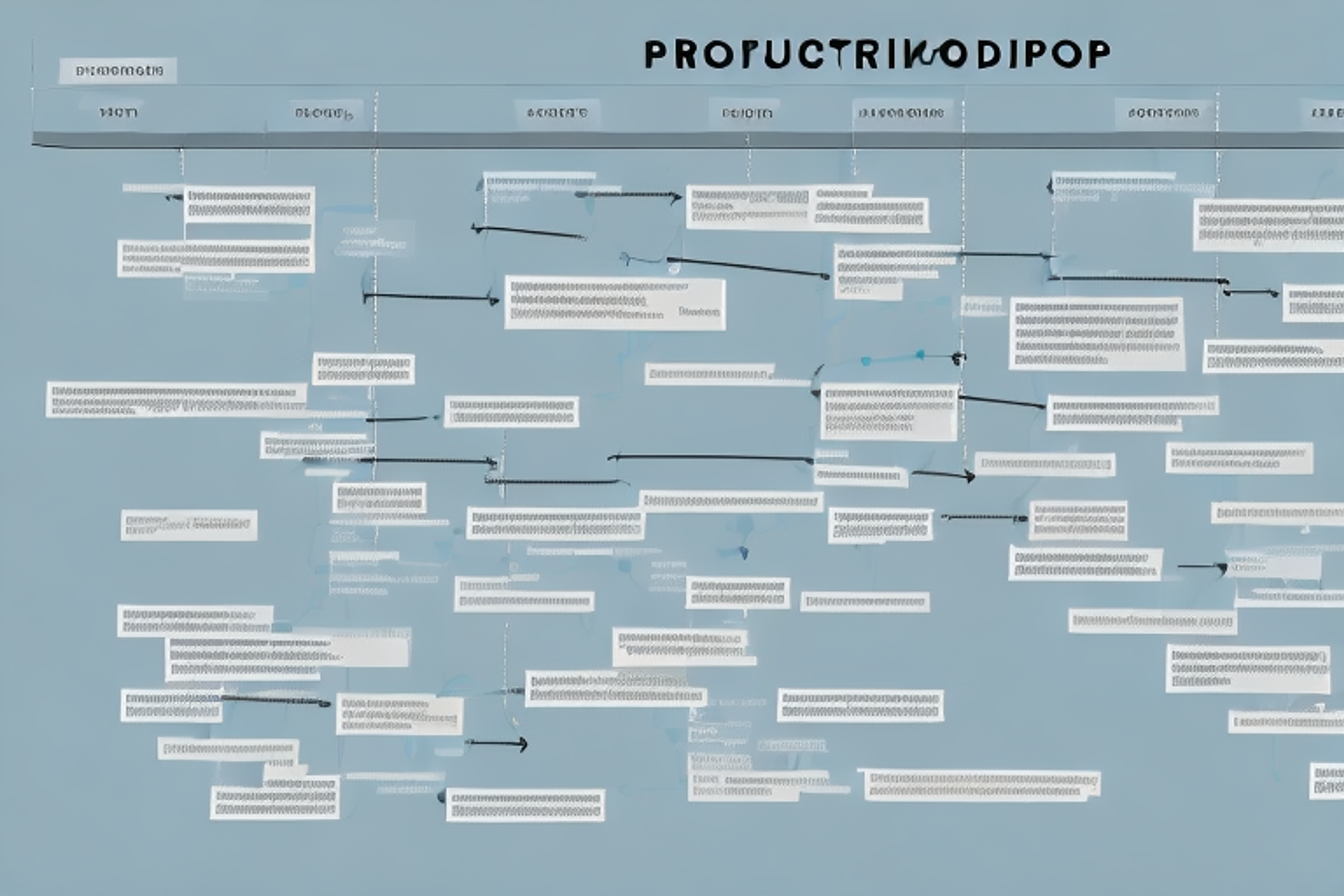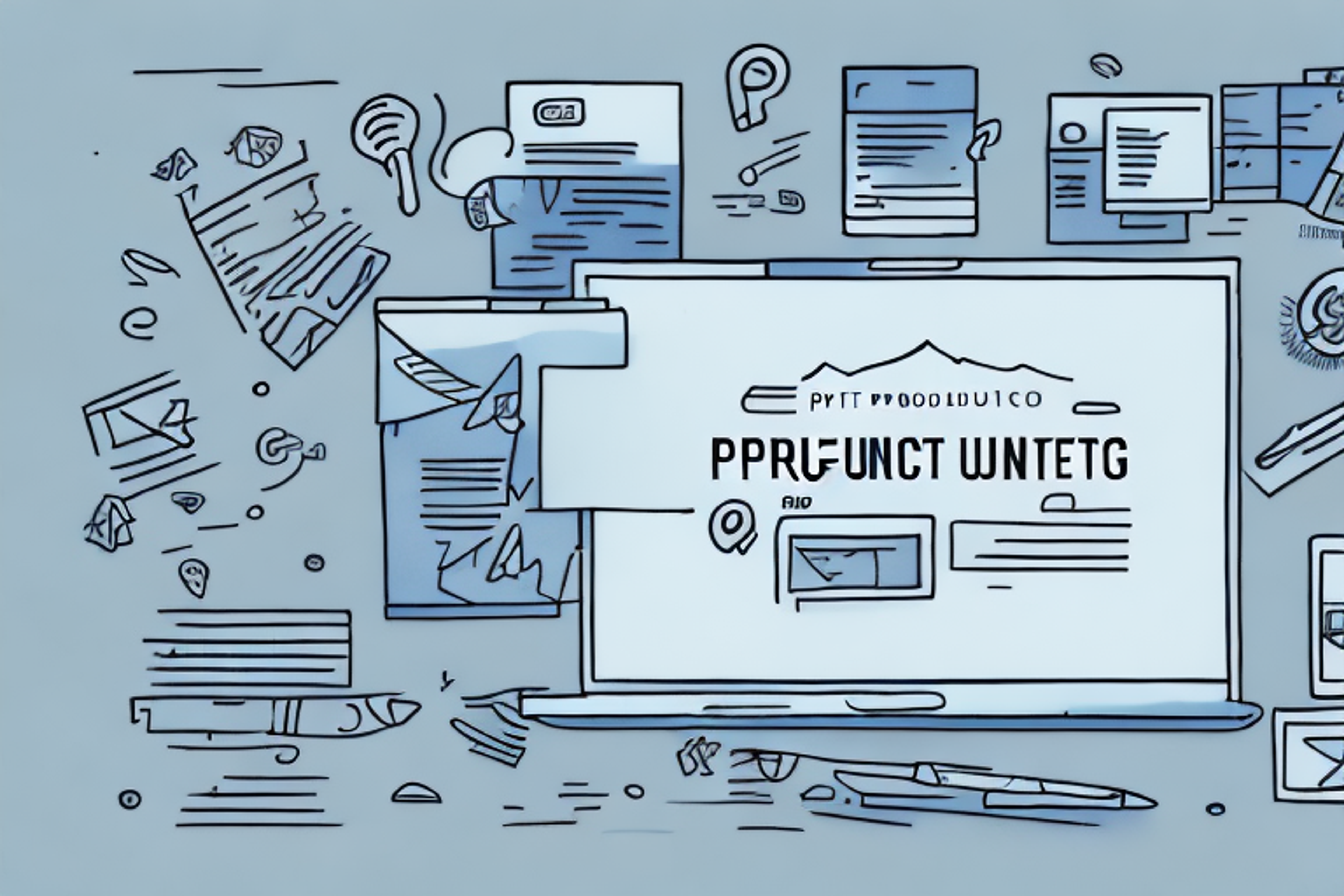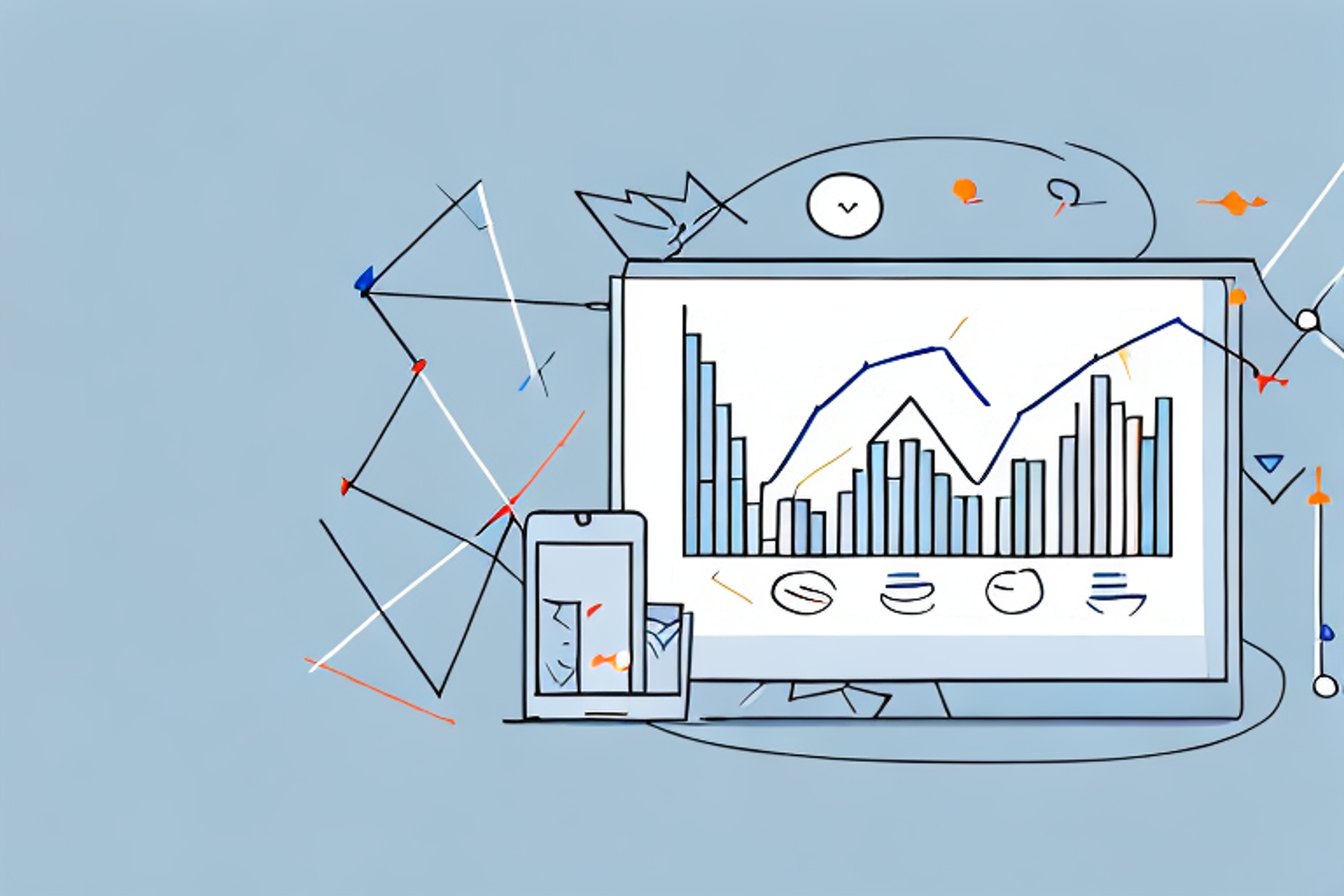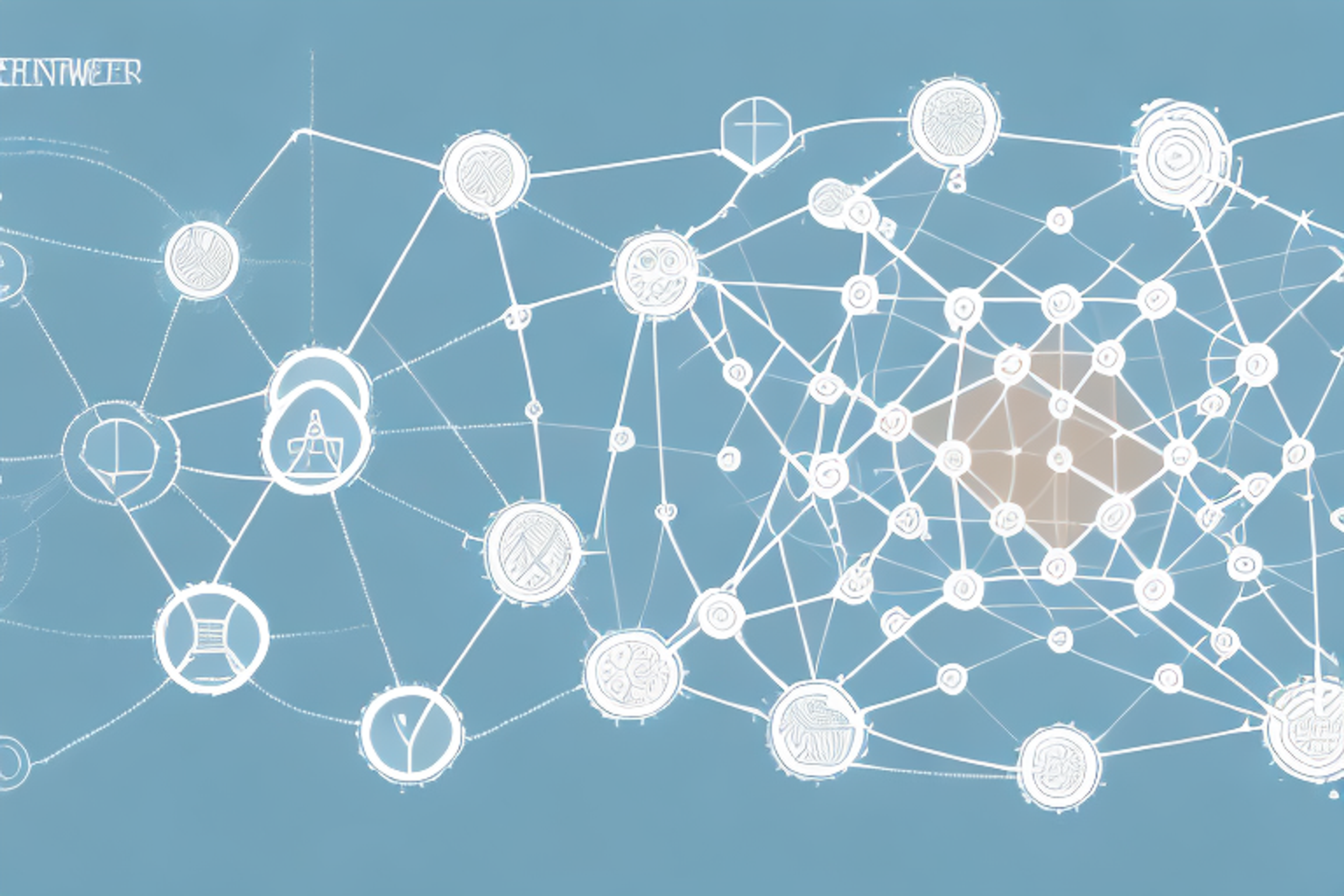The Ultimate Guide to Prioritization Techniques for Product Managers
As a product manager, prioritization is key to success.
Posted May 15, 2023

Table of Contents
As a product manager, one of your most critical tasks is prioritization. It's the process of determining which tasks or features to tackle first within a product roadmap. In this article, we'll discuss the importance and benefits of prioritization, explore various prioritization techniques, and provide you with some best practices to help you become a better product manager.
Why Prioritization is Critical for Product Managers
Without prioritization, a product manager risks launching a product that's not useful to their customers or doesn't meet their needs. Prioritization helps product managers to focus on delivering the best value to their customers. Having an organized roadmap ensures that everyone on the team is aligned with the product vision and understands what they are working towards.
Another reason why prioritization is critical for product managers is that it helps them to manage limited resources effectively. With limited resources, it's important to focus on the most important features and functionalities that will have the biggest impact on the product's success. Prioritization also helps to identify potential risks and challenges early on, allowing product managers to address them before they become major issues.
Furthermore, prioritization enables product managers to make data-driven decisions. By analyzing customer feedback, market trends, and other relevant data, product managers can prioritize features and functionalities that are most likely to meet the needs of their target audience. This approach helps to minimize the risk of launching a product that fails to gain traction in the market.
The Importance of Clear Goals and Objectives in Prioritization
Defining a clear set of goals and objectives is critical for effective prioritization. It's essential to understand what your product is trying to do and how it benefits your customers. Understanding your customers' needs will help steer your priorities and ensure that you are delivering the right features to the right users.
Additionally, having clear goals and objectives can also help with team alignment and communication. When everyone on the team understands the end goal and what needs to be prioritized to achieve it, it can reduce confusion and ensure that everyone is working towards the same objective. This can also help with decision-making, as the team can refer back to the goals and objectives to determine which features or tasks should be prioritized over others.
Understanding Customer Needs to Prioritize Effectively
To prioritize effectively, you need to understand your customers' needs. Start by gathering data on customer behavior and their preferences. Then segment your customer base to ensure that you are delivering targeted solutions to different customer groups, based on their unique needs. Additionally, it's important to gather feedback from customers regularly to stay up to date on their needs and to improve your product continuously.
One effective way to gather feedback from customers is through surveys. Surveys can provide valuable insights into customer satisfaction, preferences, and pain points. It's important to keep surveys short and focused, and to offer incentives for participation, such as discounts or free trials. Another way to gather feedback is through social media channels, where customers can share their experiences and opinions. By actively listening to your customers and incorporating their feedback into your product development process, you can ensure that you are meeting their needs and staying ahead of the competition.
The Role of Data in Prioritization: Metrics and Analytics
Data is crucial for effective prioritization. It helps you identify which features customers are using the most, which ones are driving the most revenue, and which ones may have room for improvement. There are several different metrics and analytics you can use to help you make data-driven decisions, including customer churn rate, customer acquisition cost, revenue per user, cost of goods sold, and more. Use the right analytics to identify low-hanging fruit, prioritize based on insights, and stay focused on what matters most.
One important aspect of using data for prioritization is understanding the context in which it was collected. For example, if you are analyzing customer behavior during a holiday season, the data may not be representative of their behavior throughout the year. It's important to consider external factors that may have influenced the data and adjust your prioritization accordingly.
Another key consideration is the quality of the data. Inaccurate or incomplete data can lead to misguided prioritization decisions. It's important to regularly review and validate your data sources to ensure that you are making decisions based on reliable information.
Differentiating Between Urgent and Important Tasks in Prioritization
In prioritization, it's essential to differentiate between urgent and important tasks. Urgent tasks are tasks that need to be done right away, while important tasks have longer-term implications. Using the "Eisenhower Matrix" can help you differentiate between urgent and important tasks and prioritize them accordingly. The matrix ranks tasks based on the degree of urgency and importance, helping you make informed decisions about where to focus your efforts.
It's important to note that not all urgent tasks are necessarily important, and not all important tasks are necessarily urgent. For example, responding to an email may be urgent, but it may not be as important as completing a project that has a deadline in a few weeks. On the other hand, taking care of your health may be important, but it may not be urgent until a health issue arises. By understanding the difference between urgent and important tasks, you can prioritize your time and energy more effectively, and achieve your goals more efficiently.
Using the Eisenhower Matrix for Effective Prioritization
The Eisenhower Matrix is a four-quadrant model that categorizes tasks as important or urgent. It helps product managers prioritize tasks based on their level of severity. Tasks are divided into four categories: important and urgent, important but not urgent, urgent but not important, and neither urgent nor important. As a product manager, you should aim to focus on tasks that are important and urgent.
The MoSCoW Method: A Practical Framework for Product Managers
The MoSCoW method is another popular prioritization technique that can be used to prioritize requirements based on their importance. MoSCoW stands for Must-have, Should-have, Could-have, and Won't-have. This framework allows product managers to focus on the critical must-have and should-have requirements while still addressing the could-have requirements.
The Kano Model: A Customer-Centric Approach to Prioritization
The Kano Model is a customer-centered framework that can help you prioritize requirements based on customer satisfaction. The model divides customer needs into three categories: basic requirements, performance requirements, and excitement requirements. By understanding customer needs, you can prioritize product features that will generate the most customer satisfaction.
Assessing Risk and Impact When Prioritizing Features and Tasks
When prioritizing features and tasks, it's essential to assess both the risk and the impact. Risk refers to the likelihood of a problem occurring, while impact refers to the severity of the problem. Prioritizing features based on both the risk and the impact helps you focus your efforts on those features that are most important to the company and customers.
Collaborating with Stakeholders and Teams for Effective Prioritization
Effective collaboration with stakeholders and teams is essential for successful prioritization. Ensure that everyone on the team is aligned with the product vision and understands what is being worked on. Involve stakeholders in the prioritization process to get their insights and feedback. This will help you make informed decisions and get everyone on the same page.
Balancing Short-Term Wins with Long-Term Vision in Prioritization
Product managers must balance short-term wins with long-term vision in prioritization. While it's crucial to deliver solutions quickly, it's also important to consider the product's long-term goals. Make sure that the features you prioritize align with the product's vision and strategy. This will help you achieve strategic goals while delivering value to customers in the short-term.
Managing Scope Creep and Avoiding Overcommitment in Prioritization
In prioritization, managing scope creep is critical. Ensure that you have clear criteria for determining what features belong in the product roadmap, and which ones don't. Avoid overcommitting to features that may not align with the product's vision. Prioritize features that are aligned with the product roadmap and that provide the most value to the customer.
The Role of Iteration and Continuous Improvement in Prioritization
The role of iteration and continuous improvement is essential in prioritization. Prioritization is an ongoing process, and product managers must be prepared to make changes as needed. Prioritize features based on the company and customer needs and revisit the prioritization often to ensure that you are delivering value to the customer.
Measuring the Success of Your Prioritization Techniques
It's important to measure the success of your prioritization techniques. To do so, establish clear success metrics and track them over time. Metrics might include customer satisfaction, revenue growth, or user engagement. By tracking these metrics, you'll be able to see whether or not your prioritization techniques are effective.
Best Practices for Successful Prioritization as a Product Manager
Finally, some best practices to consider when prioritizing as a product manager include staying focused on your customers, remaining agile and adaptable, regularly revisiting your priorities, and keeping all stakeholders informed and aligned. By employing these best practices, you can become a more effective leader and deliver the best value to your customers.
Overall, prioritization is an essential part of product management. By choosing the right techniques and following best practices, you can prioritize effectively, stay focused on your customers, and deliver the most value to your organization. We hope that this guide has been helpful and has given you the tools you need to become a more effective product manager.





